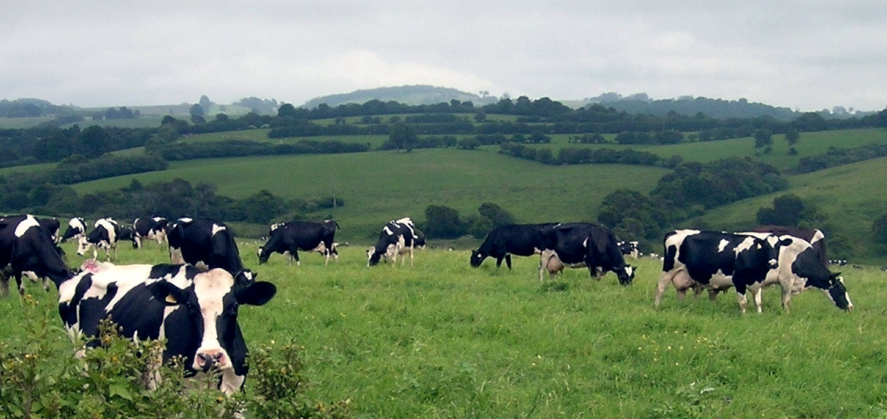
Dairy farmers should prepare for price volatility to continue but can do much to make their future successful.
That was the message from the latest in a series of agricultural conversations hosted by NatWest in association with sector experts.
Luke Grossman, senior dairy analyst with AHDB Dairy, set the scene on the call and provided context to the current market position.
“From April to August production was up 2% which equates to around 850,000 litres per day more than needed,” he said.
“Supply is still high and until that supply-demand imbalance changes we are going to be seeing a lot of pressure on prices and restrictions for growth.”
Pressures include the continuing Russian ban on EU imports, the downturn in the Chinese economy, and a strong domestic market in the US with no reduction in supply.
“New Zealand looks like the most likely place for a reduction to come,” said Luke. “We expect production to fall more than 5% this year, which is ideal for the rest of the world. That is likely to occur post-Christmas.
“Many commentators expect a recovery to start in the second half of 2016. That could mean prices going from 21p a litre to 23p in the UK – but more positive signs are expected.”
Rob Harrison, chairman of the NFU Dairy Board who farms 430 acres in Blockley, near Moreton-in-Marsh, Gloucestershire, described how during the last downturn, in 2012, prices dropped by between 4p and 5p for about five months. This time, he said, farmers have had to deal with a price drop of between 9p and 10p for the best part of 18 months - and that is likely to continue.
“The length and depth of this downturn has been extremely concerning,” he said.
Cashflow is a massive problem, said Rob, describing how January’s tax bills could create a problem for some farmers who did reasonably well up until April but had been losing money since. The NFU is talking to the Government about ways to mitigate this, he said.
Roddy McLean, director of agriculture for RBS and NatWest, explained how the bank’s relationship managers were discussing with dairy customers on a case-by-case basis the option of capital repayment holidays and other measures that perhaps could be put in place to help ease the burden during the downturn.
Peter Dawson, director of policy and sustainability at Dairy UK, the trade association for the British dairy supply chain, said: “The biggest problem on the whole in obtaining value is the issue of price volatility,” adding that the industry needs a mechanism in the form of a futures market to mitigate this.
Farmers should prepare for this volatility to last a number of years, said Rob, becoming more resilient by looking to cut costs, diversify, invest in other areas of their farms or work with neighbours to add scale.
“Those businesses which are well set up will have a successful future and it’s important to support others to get into that state,” he said.
Luke said: “I would suggest you need to be producing milk below 24p or 25p in order to have a sustainable future over the next five years.”
